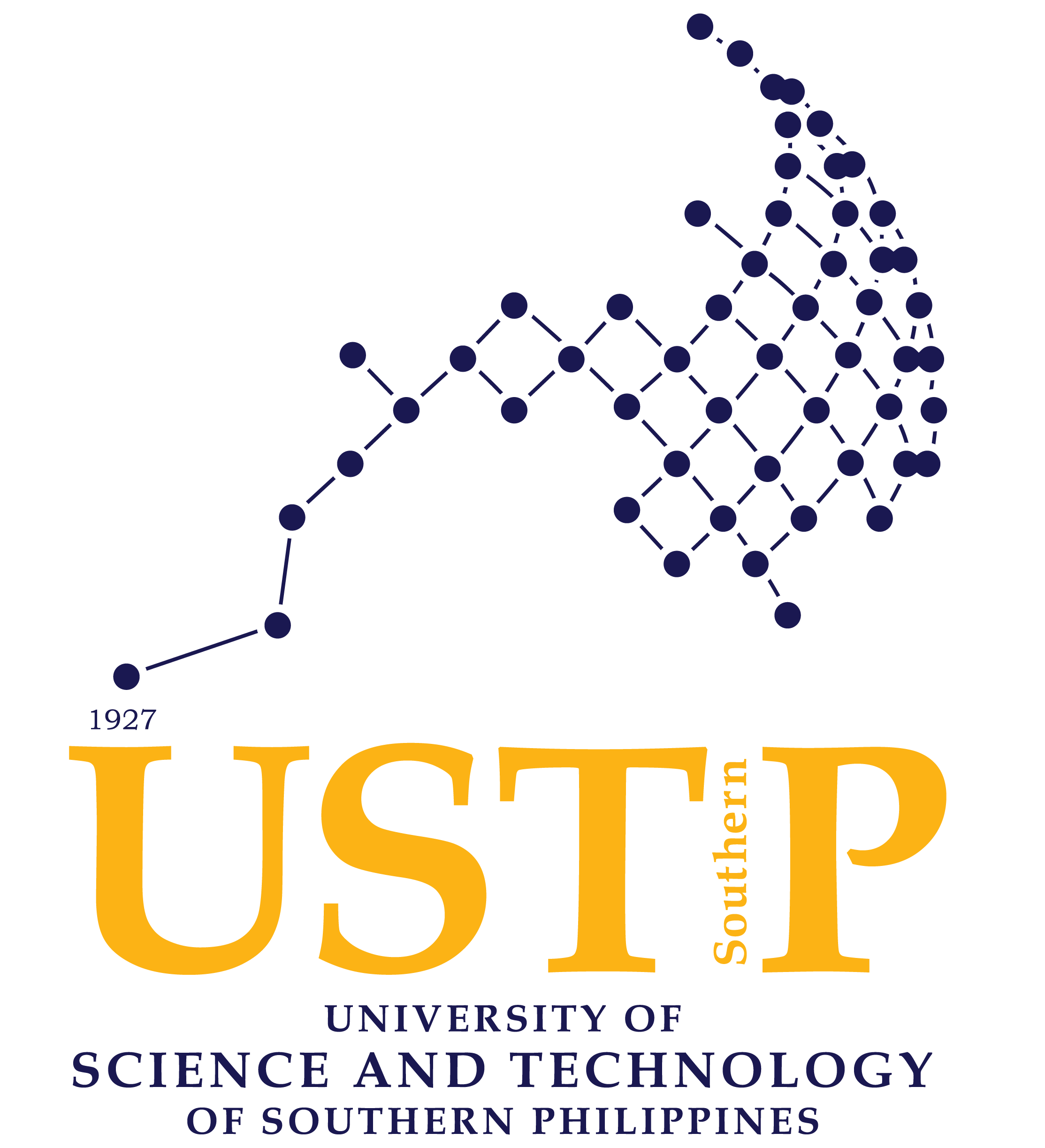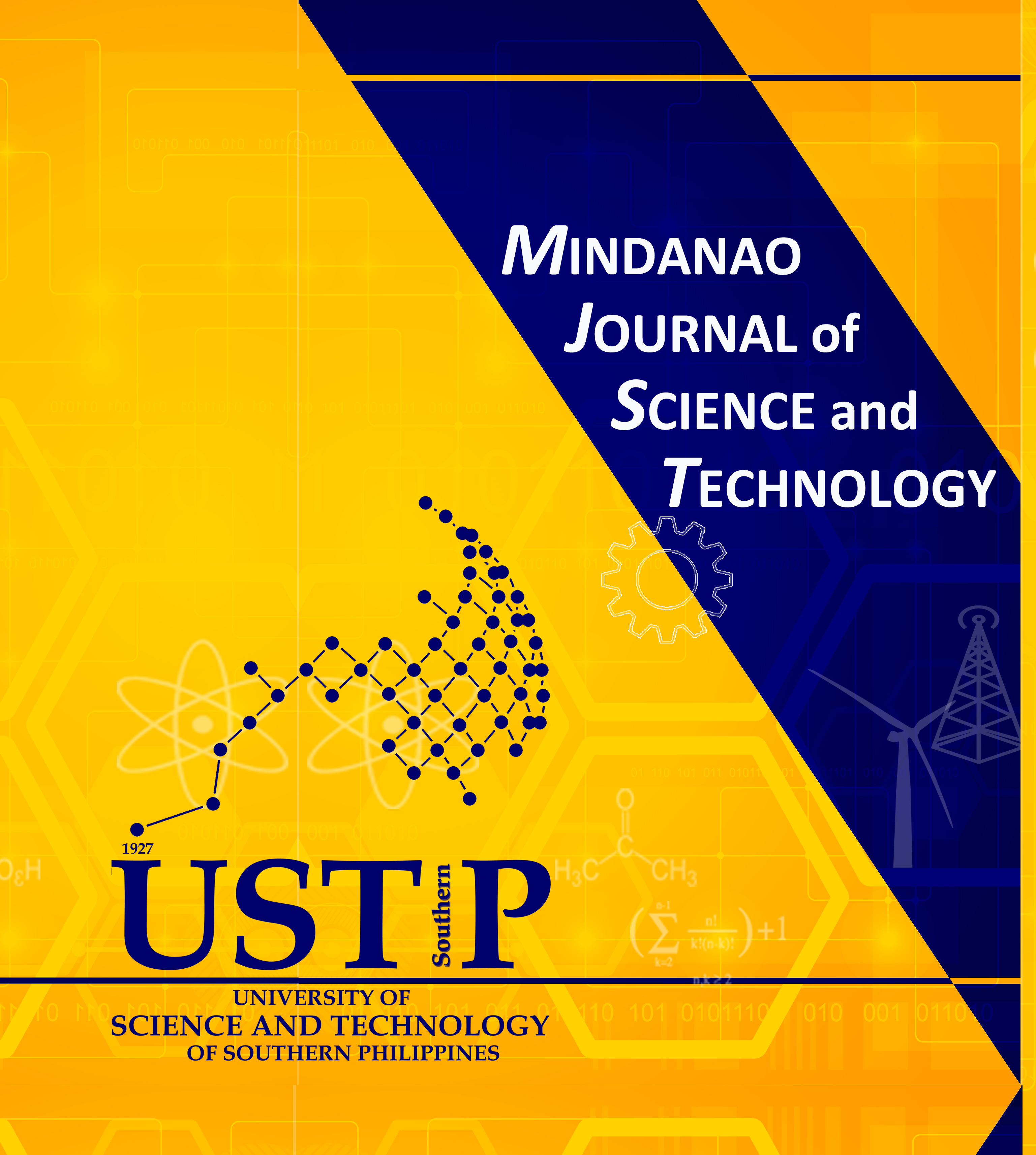Optimal Dispatch with Renewable Energy Generators for the Mitigation of Carbon Dioxide Emission
DOI:
https://doi.org/10.61310/mjst.v23i1.2395Keywords:
blended generation cost, carbon dioxide emission, optimal generation mix, PowerWorld software, renewable energyAbstract
The reliance on coal-fired power plants for electricity generation in Mindanao, Philippines, poses significant environmental concerns due to their substantial carbon dioxide emissions. According to the Department of Energy, the total projected projects for coal-fired plants are 2,538 MW, accounting for approximately 30% of the carbon dioxide emissions. There were previous studies on mitigating the carbon footprint of a power system. However, it requires complex computational solutions and analysis, with the assumed required renewable energy to be implemented. To align with the country's commitment to reduce carbon emissions by 75% by 2040, this study explores the optimization of energy dispatch with the available renewable energy sources in the Mindanao grid. To achieve this, PowerWorld simulation software was utilized to perform the technical and economic analysis of the power system. Five-generation mix scenarios were also created based on sustainable load dispatching in Mindanao by 2030. It involved modeling the power system of various scenarios and conducting economic power flow simulations. The simulation results show that Case 3 (mix of coal, biomass, hydro, and geothermal) has the optimal mix with 20.51% carbon emission reduction and the cheapest marginal cost of 379,814.18 pesos/hr. This study highlights the practical potential of optimizing energy dispatch to transition towards a sustainable and clean energy generation system in Mindanao.










